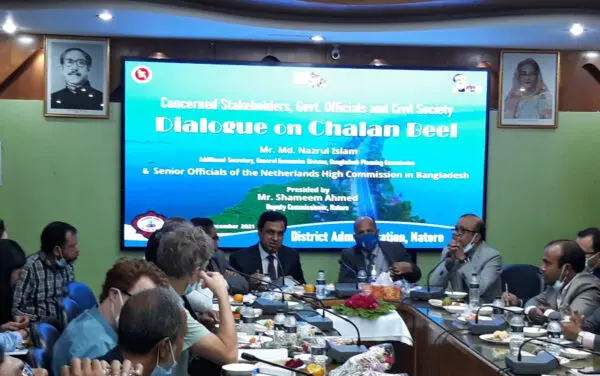Arend Kolhoff
Senior Advisor Environmental and Social Assessment

The work of the NCEA in Bangladesh is concentrated around ESIAs and SEAs of water related projects and programmes. Examples are the stabilisation programme of the main rivers and supporting the sustainable land and water management of the South-West region, including the Sundarbans protected area. Capacity has been built via the responsible authorities but also through co-operation with several universities.
A project aimed at developing improved integrated water management conditions for different functions in the Chalan Beel area

This SEA was requested by UNESCO, as part of the Sundarbans are assigned as World Heritage Sites.
